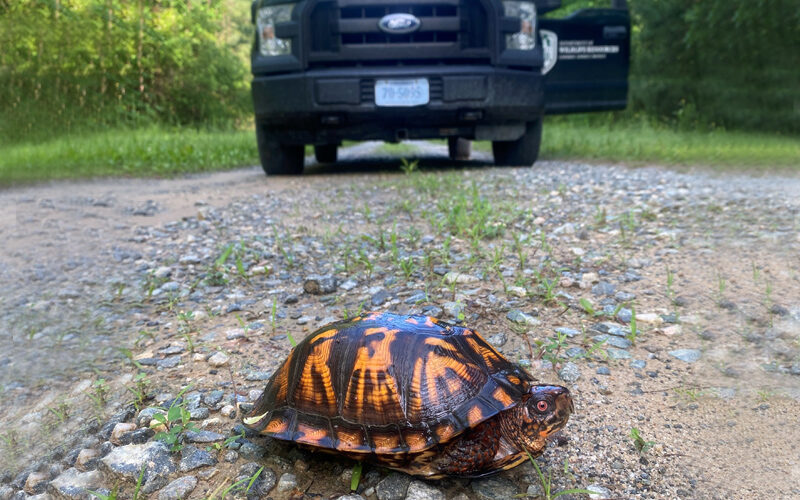
Save the whales! And save the turtles, too.
Spring has sprung, and so too have the turtles from their long winter’s nap. They can be seen piled up basking on logs and on the banks of your local ponds and waterways. Unfortunately, they can also be seen crossing roads as they seek out suitable nesting sites. Although their shells provide formidable protection against predators such as raccoons and foxes, those shells are no match for a two-ton vehicle. If you happen to see a turtle crossing the road and can safely pull over and stop, please move it off the road in the direction it was heading. It’s also not uncommon to encounter turtles nesting in your yard or garden, especially during the months of May and June. The best thing to do is simply leave it alone and, if possible, protect the nest from predators with tomato fencing or something similar. The spacing in the fencing should be wide enough (~two inches) to allow the hatchlings, which will hopefully emerge 60-90 days later, to easily escape.
By the way, if you discover a turtle nesting on your property, leave the nest where it is and protect it from predators with some sort of “nest cage” to cover the nest. Moving the eggs will most likely destroy them. Using a few supplies and following these easy steps, you can build a nest cage that protect the eggs and hatchlings from predation while letting the hatchlings to escape. For instructions on building a nest cage, go to vaherpsociety.com

